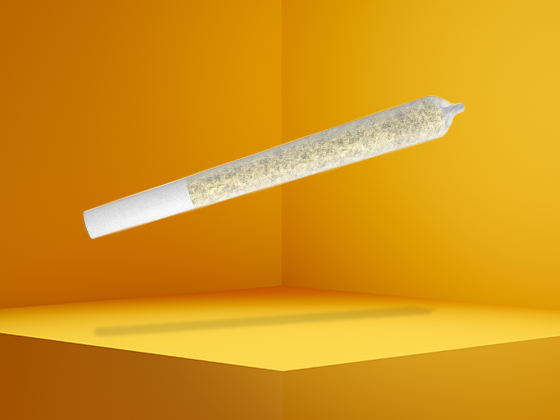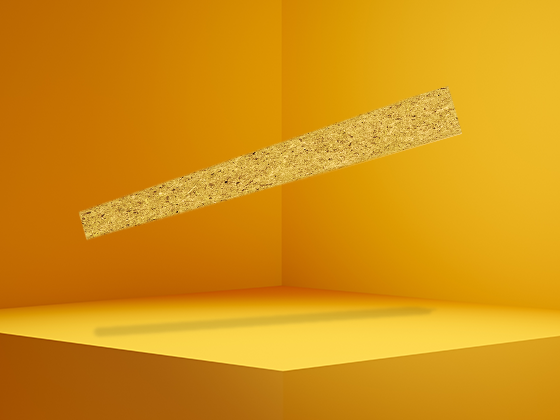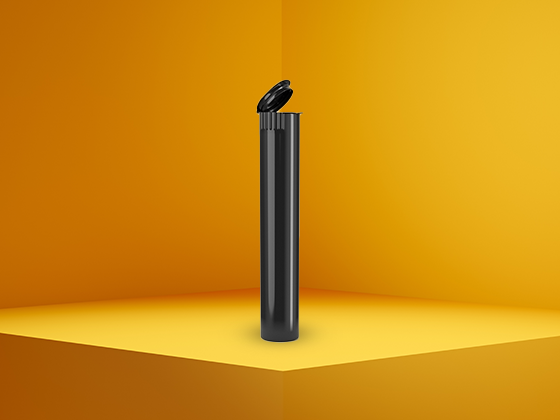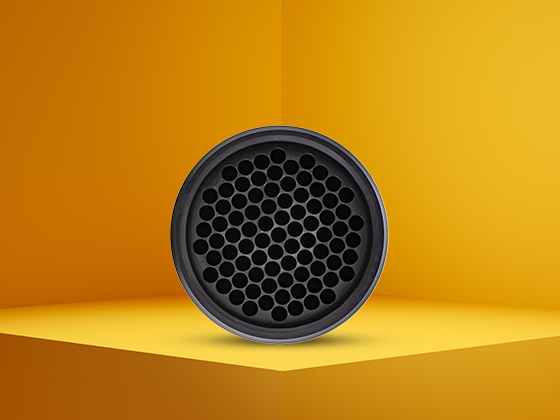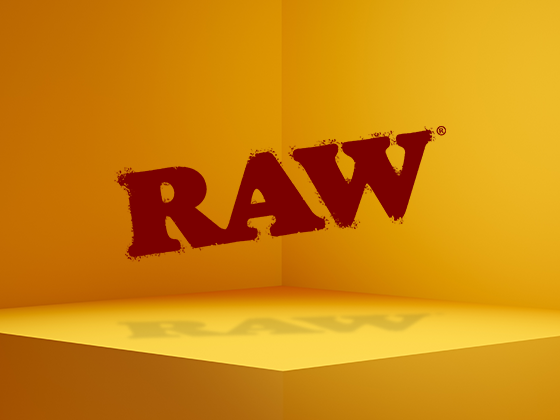Comparison
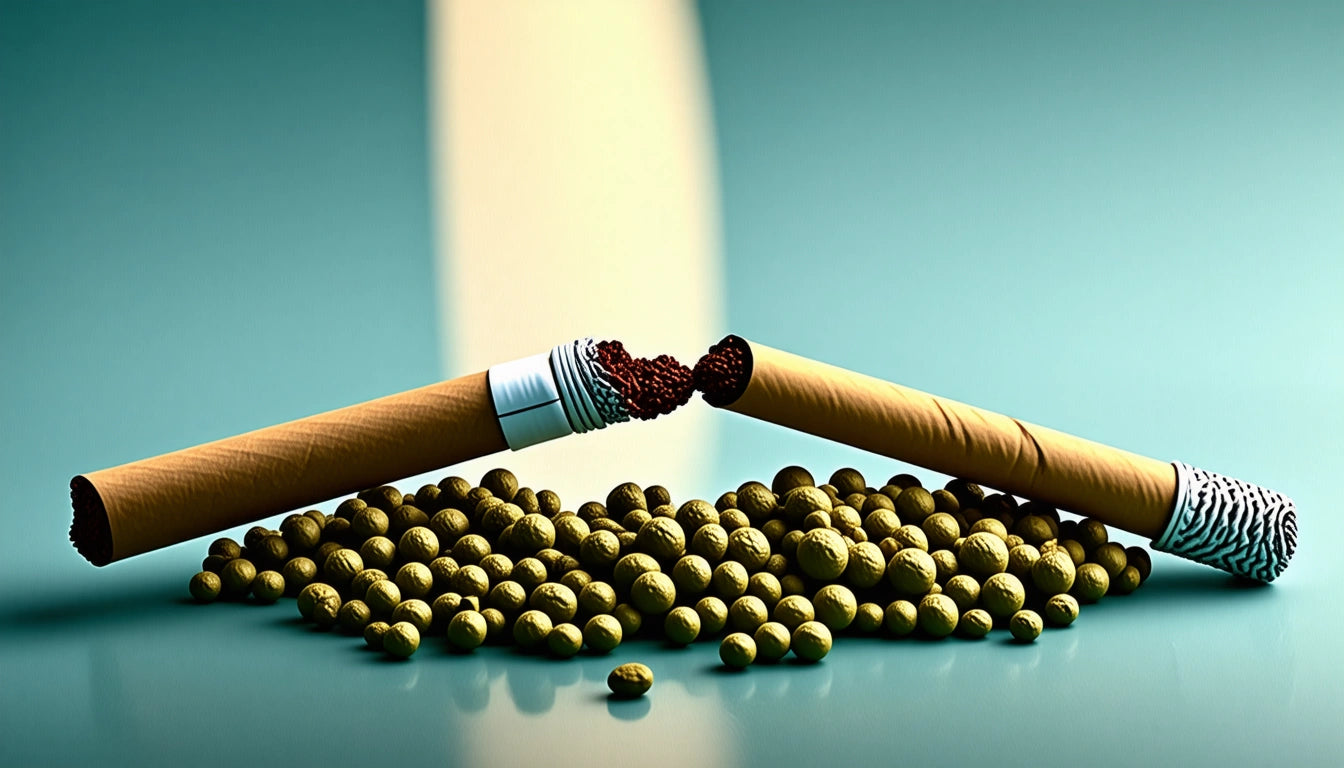
flower
Spliff vs. Joint: Understanding the Differences
Table of Contents
Basic Definitions: Joint vs Spliff
Composition Differences: Tobacco's Role
Effects & Experience: How They Differ
Cultural Context & Regional Preferences
Rolling Techniques for Joints & Spliffs
Choosing the Right Option for Your Needs
Cannabis consumption methods continue to evolve, but few formats have maintained their popularity like hand-rolled options. Among these, the terms "joint" and "spliff" are often used interchangeably, leading to confusion among newcomers to cannabis culture. Understanding the spliff vs joint distinction helps consumers make informed choices about their preferred consumption method.Basic Definitions: Joint vs SpliffAt first glance, joints and spliffs may appear identical, but their contents tell a different story. A joint contains only cannabis flower wrapped in rolling paper. In contrast, a spliff contains a mixture of cannabis and tobacco, also wrapped in rolling paper. This fundamental difference impacts everything from flavor profile to effects.As outlined in this comprehensive comparison, these distinctions place spliffs somewhere between pure cannabis joints and tobacco-wrapped blunts on the consumption spectrum.Composition Differences: Tobacco's RoleJoint CompositionJoints consist exclusively of ground cannabis flower and sometimes include a paper or cardboard filter (also called a crutch or tip). The simplicity of joints makes them a purist's choice, offering the unadulterated flavor of the cannabis strain. Everything about rolling and smoking joints revolves around preserving and enjoying the natural cannabis experience.Spliff CompositionSpliffs incorporate tobacco, typically making up 20-50% of the total mixture. This addition serves multiple purposes: it stretches the cannabis supply, creates a smoother burn, and adds the stimulant effects of nicotine. The ratio of tobacco to cannabis varies widely based on personal preference and regional customs.Highlight: What makes a spliff joint unique is the deliberate mixture of tobacco and cannabis, creating a distinct experience that differs from both pure cannabis consumption and traditional tobacco smoking.Effects & Experience: How They DifferThe inclusion of tobacco in spliffs creates a noticeably different experience compared to joints:
Onset and Duration: Spliffs typically provide a quicker onset due to tobacco's stimulant properties, while joints offer a more gradual effect.
Type of High: The nicotine in spliffs creates a buzzy, alert sensation that some users enjoy alongside cannabis effects.
Burn Rate: Tobacco helps spliffs burn more evenly and often more slowly than pure cannabis joints.
Flavor Profile: The distinctive taste of tobacco alters the cannabis flavor experience significantly.
For those seeking alternatives to both options, comparing joints to bowls provides insight into non-tobacco consumption methods.Cultural Context & Regional PreferencesThe joint vs spliff preference often follows cultural and geographical lines. In Europe, particularly in countries like the Netherlands and the UK, spliffs have historically been the dominant form of consumption. Meanwhile, in North America, pure cannabis joints have typically been preferred.These regional differences stem from varying tobacco cultures, cannabis availability, and local consumption traditions. In areas where cannabis was historically expensive or scarce, tobacco served as an economical extender.For commercial operations looking to cater to diverse preferences, pre-rolled cone options provide flexibility to serve both joint and spliff consumers with consistent quality and branding opportunities.Rolling Techniques for Joints & SpliffsWhile the basic rolling process is similar for both formats, there are subtle differences in technique:Joint Rolling ConsiderationsWhen rolling joints, achieving the right consistency of ground cannabis is crucial for an even burn. Too fine a grind can restrict airflow, while too coarse a grind creates an uneven burn. The ultimate guide to rolling joints covers these nuances in detail.Spliff Rolling TechniquesFor spliffs, the key lies in properly mixing the tobacco and cannabis before rolling. Some consumers prefer to layer the materials, while others thoroughly blend them. The tobacco content also affects how tightly the spliff should be rolled, as tobacco burns differently than cannabis.For both formats, proper filter use is important. As discussed in this guide on rolling without filters, filters provide structural support and prevent small particles from being inhaled.Choosing the Right Option for Your NeedsWhen deciding between a spliff vs joint, consider these factors:
Health Considerations: Joints avoid tobacco's known health risks.
Effect Preference: Spliffs offer a combined nicotine/cannabis effect some users prefer.
Consumption Setting: Joints typically produce more cannabis aroma, while spliffs' tobacco content can partially mask the smell.
Personal Tolerance: Spliffs can offer a milder cannabis experience for those with lower tolerance.
Conservation: Spliffs allow cannabis supplies to last longer by incorporating tobacco.
Understanding these distinctions helps consumers make informed choices based on their preferences and needs. Whether you prefer the pure cannabis experience of a joint or the blended effects of a spliff, knowing the differences ensures you can communicate clearly and select the option that best suits your consumption goals.For those interested in exploring pre-rolled options that eliminate the need for hand-rolling altogether, techniques for preserving pre-rolls can be particularly valuable for maintaining freshness and potency over time.
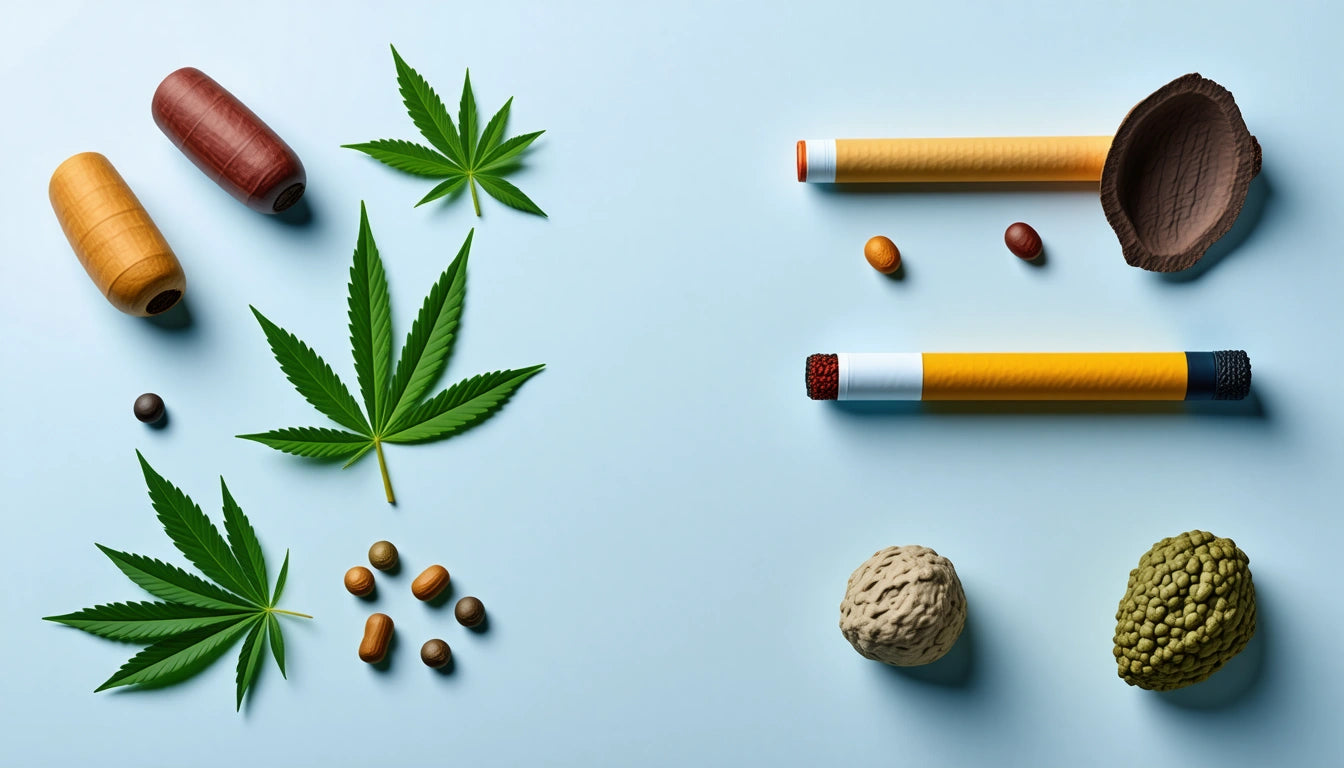
flower
Blunts vs. Joints: Understanding the Differences and Health Implications
Table of Contents
Fundamental Differences Between Blunts and Joints
Materials and Construction Methods
The Smoking Experience: Flavor, Burn Rate, and Effects
Health Considerations: Are Joints Healthier Than Blunts?
Storage and Preservation Differences
Choosing the Right Option for Your Preferences
Cannabis consumption methods continue to evolve, but two classic options remain popular among enthusiasts: blunts and joints. While they might appear similar to newcomers, these two smoking methods offer distinctly different experiences, construction requirements, and potential health implications. Understanding what sets blunts vs joints apart can help consumers make more informed choices about their preferred consumption method.Fundamental Differences Between Blunts and JointsThe primary distinction between blunts and joints lies in their wrapping material. Joints are rolled using thin, lightweight rolling papers typically made from rice, hemp, or flax. These papers are generally white or translucent and contain minimal additives.Blunts, conversely, use tobacco leaf wrappers or cigar wraps. Traditionally, blunts were created by emptying a cigar and refilling it with cannabis, though pre-made blunt wraps are now widely available. This fundamental difference in wrapping material creates cascading variations in size, flavor, effects, and health considerations.Materials and Construction MethodsJoint MaterialsJoints typically require:
Rolling papers (rice, hemp, flax, or other plant-based materials)
Optional filter tips or crutches
Ground cannabis
Most joints are slender, containing between 0.3 and 0.5 grams of cannabis, though larger papers can accommodate more. The construction process focuses on creating an even roll with proper airflow through the center.Blunt MaterialsBlunts generally utilize:
Cigar wraps or specific blunt wraps (tobacco leaf)
Ground cannabis (typically larger amounts than joints)
Occasionally, honey or other adhesives to seal the wrap
Blunts tend to be thicker and larger than joints, often containing 1-2 grams of cannabis. The rolling technique differs slightly due to the thicker, less pliable nature of the tobacco leaf wrapper.Highlight: While joints and blunts both contain cannabis, their wrapping materials create fundamentally different experiences, with blunts incorporating tobacco elements that joints lack.The Smoking Experience: Flavor, Burn Rate, and EffectsThe differences between blunts and joints extend well beyond their appearance. When comparing which is better between blunts vs joints, several experiential factors come into play:Flavor ProfileJoints offer a cleaner cannabis flavor, allowing the terpene profile to shine through with minimal interference from the paper. This makes joints preferable for tasting the nuanced characteristics of specific strains.Blunts impart a distinct tobacco flavor that mingles with the cannabis, creating a unique smoking experience. Many blunt enthusiasts appreciate this combination, while others prefer to avoid the tobacco taste entirely.Burn Rate and DurationJoints typically burn faster than blunts due to their thinner paper and smaller size. A standard joint might last 5-10 minutes depending on size and how it's rolled.Blunts burn more slowly thanks to the thicker tobacco leaf wrapper, often lasting 20-30 minutes or longer. This makes them popular for group sessions or when a longer-lasting experience is desired.Effects and PotencyPerhaps the most significant difference lies in the effects. Joints deliver primarily cannabis-derived effects. Blunts, however, provide a combined experience of cannabis plus the nicotine naturally present in the tobacco wrapper, creating a different physiological response that some users prefer.Health Considerations: Are Joints Healthier Than Blunts?When asking if joints are healthier than blunts, research suggests they likely are, primarily due to the absence of tobacco. The tobacco content in blunt wrappers introduces additional health considerations:
Nicotine exposure and potential for dependence
Additional carcinogens associated with tobacco
Higher carbon monoxide production
Joints, while still involving combustion and smoke inhalation, eliminate the tobacco-specific concerns. For health-conscious consumers, using proper storage solutions like specialized mylar bags designed for cannabis flower can help maintain product freshness and potentially reduce the need for excessive paper or tobacco wrapping.However, it's worth noting that neither smoking method is without health risks, as combustion itself produces harmful compounds regardless of the wrapping material used.Storage and Preservation DifferencesThe structural differences between blunts and joints affect how they're best stored and preserved:Joint StorageJoints are more fragile and susceptible to crushing or breaking. They also dry out more quickly due to the thinner paper. Proper storage in a joint tube or case is recommended for maintaining freshness and structural integrity.Blunt StorageBlunts can be somewhat more resilient physically but require careful humidity control. The tobacco leaf wrapper can dry out and crack if stored improperly, or become too moist and difficult to light if exposed to excess humidity.For both consumption methods, proper storage of the source flower is essential for a quality experience. Understanding the differences between consumption methods helps inform better storage practices as well.Choosing the Right Option for Your PreferencesThe blunts vs joints debate ultimately comes down to personal preference, with several factors to consider:
Health priorities: Those concerned about tobacco exposure generally prefer joints
Duration needs: Longer sessions favor blunts, quick sessions favor joints
Flavor preferences: Pure cannabis taste suggests joints, while those who enjoy the tobacco/cannabis combination prefer blunts
Consumption amount: Blunts typically contain more cannabis per unit
Many consumers use both options depending on the situation, mood, or social setting. There's no definitive answer to whether joints are better than blunts or if blunts and joints are the same (they clearly aren't) because the "better" choice depends entirely on individual preferences and priorities.Understanding these fundamental differences allows cannabis enthusiasts to make more informed choices about their consumption methods, considering both experience and health implications in their decision-making process.

